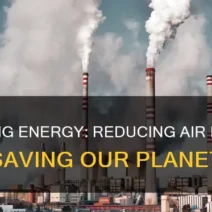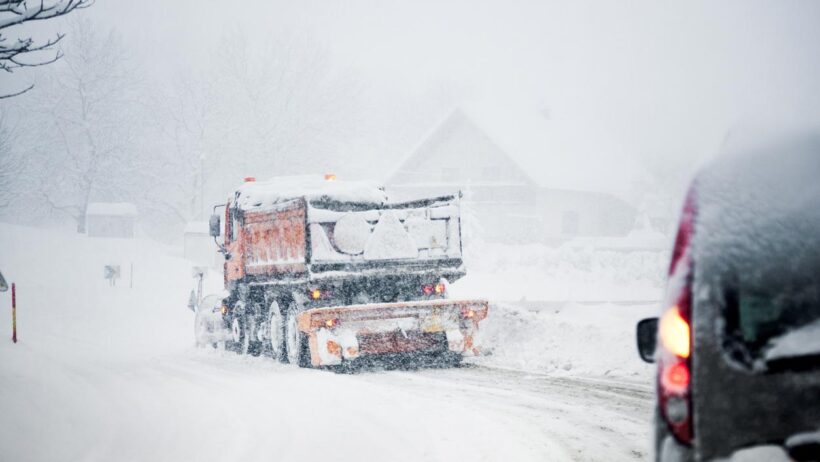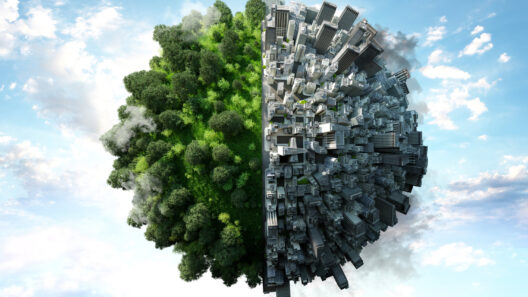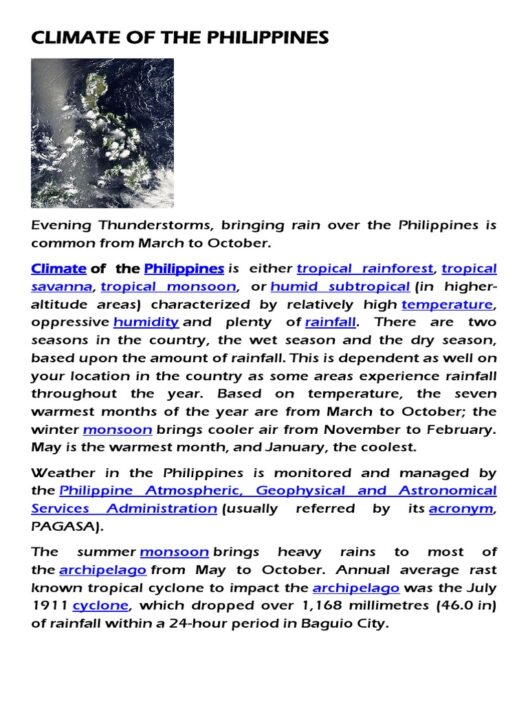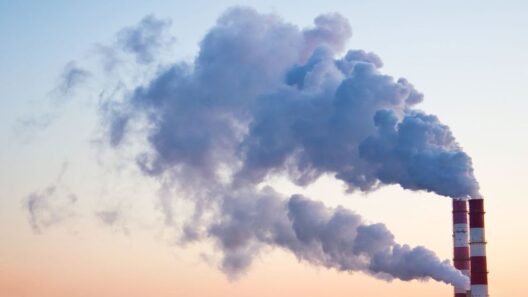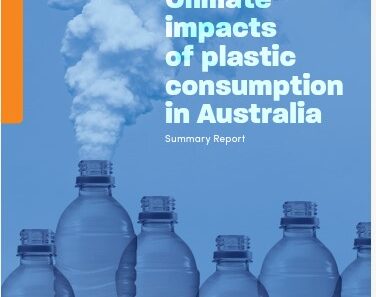As the chill of winter envelops the earth in a frosty embrace, an insidious paradox emerges: global warming, often associated with rising temperatures, can produce winters that are colder and more severe. This wicked twist in the climate narrative invites us to unravel the complex dance between warming global temperatures and the capricious nature of winter weather. Understanding this phenomenon requires delving into atmospheric dynamics, the interplay of ocean currents, and the holistic impact of climate change on our seasonal expectations.
The term “polar vortex” may seem an esoteric buzzword reserved for meteorologists, but it is pivotal in understanding the cold snaps that can engulf regions as a result of climate change. Essentially, the polar vortex is a swirling mass of cold air that typically resides in the Arctic. Under normal circumstances, this frigid air remains contained within the polar regions. However, as global temperatures rise, the Arctic warms at a disproportionately rapid pace. This warming contributes to the destabilization of the polar vortex, causing it to weaken and sometimes split. When this occurs, streams of cold Arctic air can break free and surge southward, unleashing Arctic temperatures onto mid-latitude regions, including parts of North America and Europe.
If the idea of a melting Arctic bringing colder winters sounds paradoxical, it is indicative of the broader complexities within climate science. Global warming is not simply uniform heating but creates erratic shifts in weather patterns. This is where the metaphor of a Pandora’s box fits perfectly. Once opened, it can emit both beneficial and malevolent consequences, and climate change is no different. The melting ice caps release not just water but also vital indicators of ecological health, whose implications can be tragic when translated into severe winter storms.
Moreover, the phenomenon of “weather whiplash” describes fluctuations between extreme weather patterns, which includes abrupt transitions from unseasonably warm conditions to frigid cold. This term encapsulates the rapidity with which weather can oscillate in response to climate change. Consequently, climate change is no longer merely a gradual warming trend; it’s now punctuated with violent fluctuations, where winter can arrive with a vengeance, surprising us with heavy snowfalls and deep freezes, shrouding our expectations in a cloak of unpredictability.
Consider the broader consequences of these erratic winter patterns. In regions where mild winters once prevailed, the emergence of cold extremes can significantly affect agriculture. Crops accustomed to a specific climate find themselves facing late frosts or unexpected snow, jeopardizing production and food supply. This chaotic interplay between warmer global temperatures and localized cold events emphasizes the systemic vulnerability not only of ecosystems but also of human livelihoods.
Additionally, let us examine the socio-economic ramifications. As communities grapple with the rising costs associated with snow removal, heating demands, and damage from ice storms, the economic landscape shifts. Taxpayers find themselves funneling resources into municipal budgets strained by an increasing need for winter preparedness. Meanwhile, businesses reliant on consistent weather patterns—such as tourism or agriculture—struggle to navigate these unpredictable spirals. The grips of winter may tighten around us in ways that our ancestors, or indeed our very recent past, did not have to endure.
Beyond economic impacts, there are psychological ramifications that accompany an unusual winter. Just as long summers can provoke a sense of ease and leisurely spirit, unexpectedly harsh winters can induce feelings of dread and isolation. The familiar comforts associated with cozy winter evenings can be overshadowed by the anxiety stemming from extreme weather events. It transforms idyllic snowscapes into battlegrounds against an unrelenting cold. Hence, the traditional narrative of ‘winter wonderland’ becomes entwined with apprehension.
The phenomenon of winter becoming colder due to global warming raises critical questions about our global strategies in combating climate change. As the planet continues to warm, we must recognize that the battle is multifaceted. Mitigating climate change is not solely about reducing emissions; it is also about addressing the resulting phenomena—like extreme winters—that challenge our understanding and preparedness for what lies ahead.
As we unearth the implications of this climatic paradox, it is crucial to foster a culture of resilience. Communities that adapt through improved infrastructure and strategic planning are better equipped to withstand the vicissitudes of climate. By investing in sustainable practices and policies, we redefine our relationship with winter. Rather than allowing it to be our adversary, we can embrace the cold as a manifestation of a changing environment, ready to innovate in light of its challenges.
So, as we brace ourselves for the icy fingers of winter in this new era of climate complexity, we must remember that understanding is the first step toward resilience. The capacity for adaptation and foresight can transform our experience of winter from one of trepidation into one of empowered awareness. Ultimately, confronting the duality of global warming’s influence on winter requires a collective commitment to unraveling the intricacies of our ever-changing climatic landscape.
Indeed, the tale of winter is not a linear narrative; it is a tapestry woven from the threads of climate change, hope, and resilience. It invites us to reevaluate our relationship with the season and our planet as we face the intricacies of a warming world that paradoxically, but vividly, can present us with colder winters.

